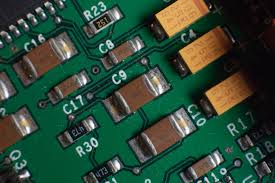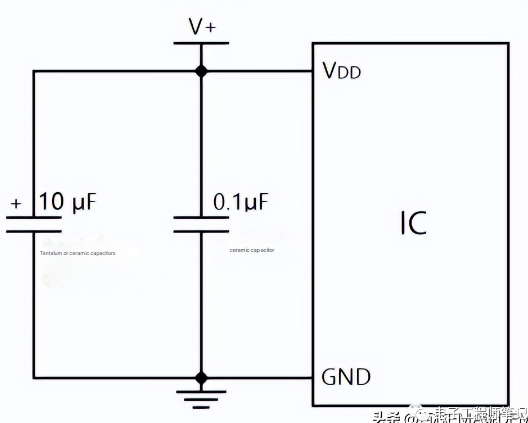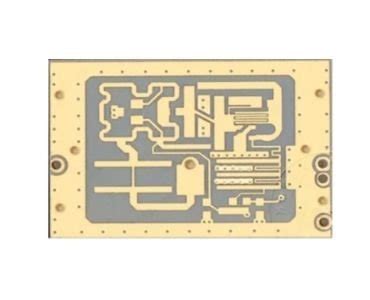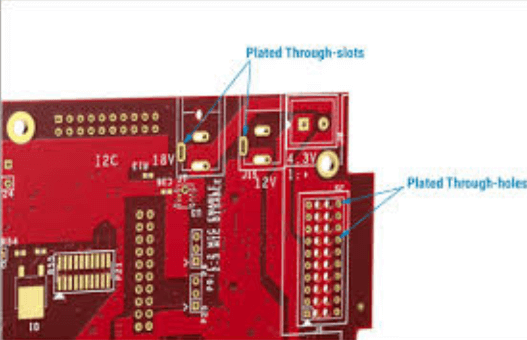PCB standard formulation needs to be adapted to local conditions
In some indicators, China’s PCB industry standards are several times or even dozens of times higher than those of Europe, America and Japan, but the results are not good. Why is this happening? This is a question worth serious consideration.
Reform and opening up have led to China’s rapid economic development in the past 30 years, and the lives of the people have been greatly improved and upgraded. This is very gratifying, but it has also caused some problems. If these problems are not solved in time, they will increasingly affect the healthy development of enterprises.
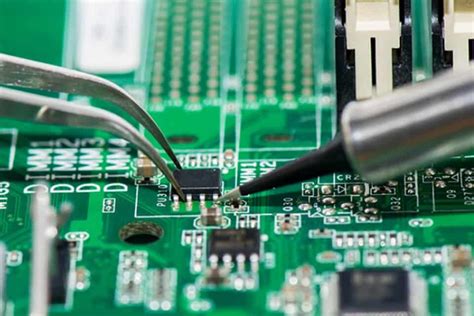
Recently, “Nongfu Spring” was caught in the “standard gate” incident.
The confusion of standards can be seen from bottled water. Because a bottle of water caused the national standard and the local standard to fight, which made the supervision at a loss, the enterprise fell into chaos, and the people were confused. The report said, “There are multiple standards for one water, and there are so many chaos on the mountains”, “I hope to say goodbye to the cross-standards.” On the surface, it is a dispute over product quality, but behind it is a dispute over the interests of small groups.
In fact, the unreasonable standards are also prominent in the PCB (printed circuit board) industry.
In the qualified drinking water standard, the copper content is 1.0 mg/L, while the copper content in the wastewater discharged from printed circuit boards must reach 0.5 mg/L, and Guangdong and other regions require it to be within 0.3 mg/L. In other words, if PCB companies do not produce and only discharge tap water directly, they will be fined, which is unreasonable. Excessively high and unnecessary standards will cause greater waste of manpower, material resources, and financial resources, and will also generate new pollution.
The PCB industry clearly belongs to the information industry and is a high-tech industry.
Various documents of the Ministry of Environmental Protection list the PCB industry separately and specifically note that printed circuit boards do not belong to the electroplating industry. However, some local environmental protection departments have classified the PCB industry as the electroplating industry because there are electroplating processes in dozens of PCB production processes. I think this is illegal and unreasonable. If we follow this analogy, then automobiles, aircraft, hardware, building materials and home appliances can also be said to be electroplating industries.
In fact, all high-tech industries will produce certain “three wastes”.
Integrated circuit raw materials will produce three wastes during the production process, and electric vehicle batteries will produce three wastes during the production process. The key problem is not the generation of three wastes, but if the three wastes are not treated, they will cause pollution when discharged into the environment. Good treatment of three wastes can avoid pollution to the environment.
my country’s PCB industry has realized that to truly become a sustainable industry, clean production must be implemented, and a lot of work has been done in the treatment of three wastes. At present, many advanced pollution control companies have emerged in the industry, mastering the world’s most advanced three waste treatment technologies. In terms of wastewater treatment, Hunan Wanrong Technology Co., Ltd., Shenzhen Jindalai Environmental Engineering Co., Ltd., Guangdong Xindayu Environmental Engineering Co., Ltd., etc. have formed a mature technical equipment system. Enda Circuit (Shenzhen) Co., Ltd. has developed advanced copper-containing waste liquid recovery technology. These equipment and technologies have also been widely used in the PCB industry.
At present, in some indicators, China’s PCB industry standards are several times or even dozens of times higher than those of Europe, the United States and Japan. For example, Europe, America and Japan stipulate that the copper content in PCB wastewater discharge is 3 mg/L to 5 mg/L, while China stipulates that the copper content in PCB wastewater discharge is 0.5 mg/L or 0.3 mg/L, but the effect is not good. Why does this happen? This is a question worth serious consideration and needs to be solved.
I have consulted relevant environmental protection officials from the European, American and Japanese governments.
They said that the formulation of their environmental protection standards is based on the actual situation of the country, and first consider whether there is mature technology and whether the company can afford the cost, and then implement the formulated standards step by step and in stages, and adjust them according to the actual situation during the implementation process. Therefore, I believe that in the formulation of environmental protection standards for relevant industries in my country, we should also consider meeting the requirements of energy conservation and environmental protection, while also taking into account the sustainable development of enterprises. Simply pursuing high standards and being out of touch with the reality of the industry will not achieve the desired effect. Adjusting according to the specific development of the industry is what we most hope for.


